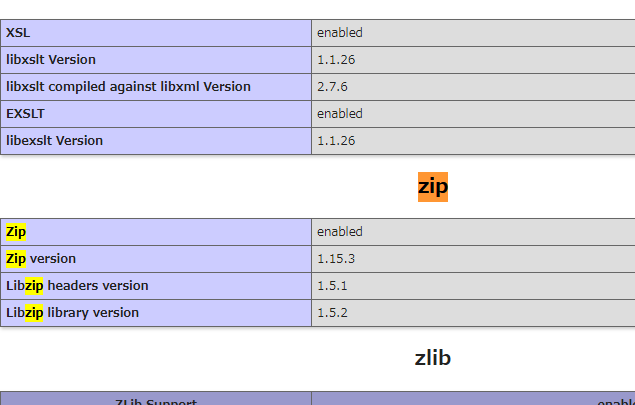Hoot24とは?
->「HOOT24」とはサイトロック社とクラメソで提供する、24時間365日AWS環境(EC2, ELB, RDS)の”有人”監視サービス
1)「AWS環境の監視体制」をご提供:お客様側で監視サーバーの準備が不要。必要なものは最小限のIAM権限とIPアクセス許可のみ 2)「通知手段の選択」をご提供:有人監視であることにより、「電話連絡」という手段が選択できる 3)「自動障害対応」をご提供:監視項目ごとに対応を決めることができる。インスタンス再起動などの個別アクションも指定可能 4)「監視設定の支援」をご提供:弊社オペレーションチームのサポートにより、容易に監視設定ができる
ref: https://dev.classmethod.jp/etc/cm-hoot24-intro/
有人の電話連絡といっても、まぁ、システムの稼働状況によるでしょう。
休日や深夜帯にユーザーが使用しなければ、そこまで優先度は高くないですが、深夜や営業時間外でも稼働が必須の場合は、重宝されそうですね。
クラメソの監視とのことですが、他のサービスの対応を見ていると、なんとなく、これも良さそうには見えますね。

